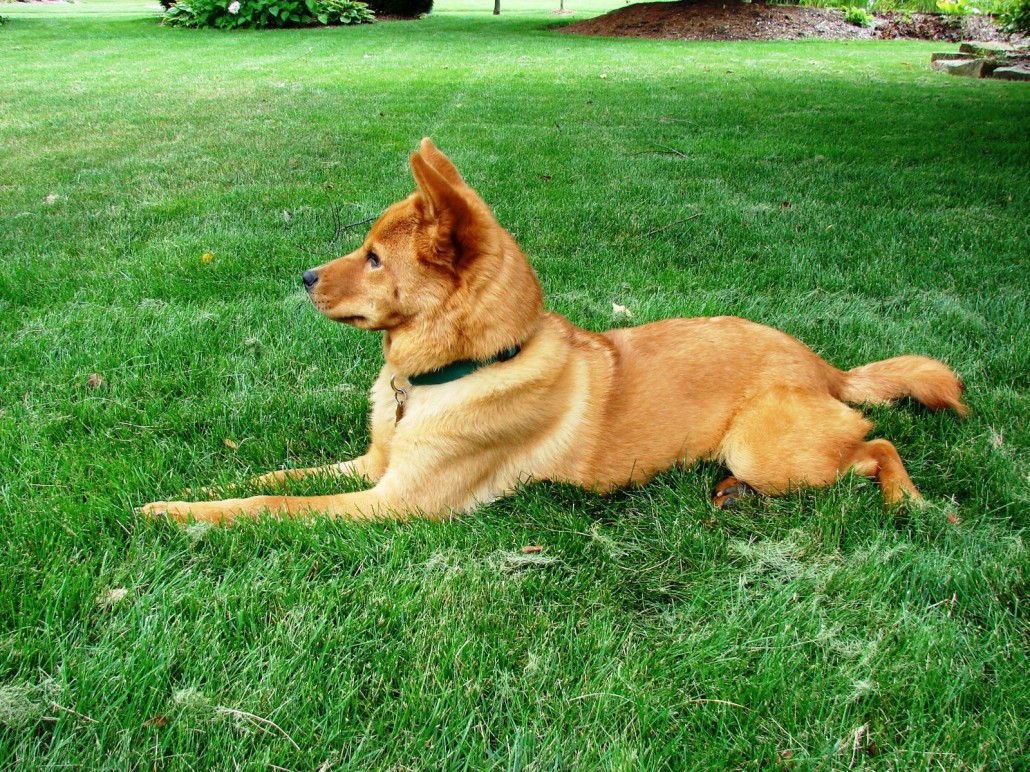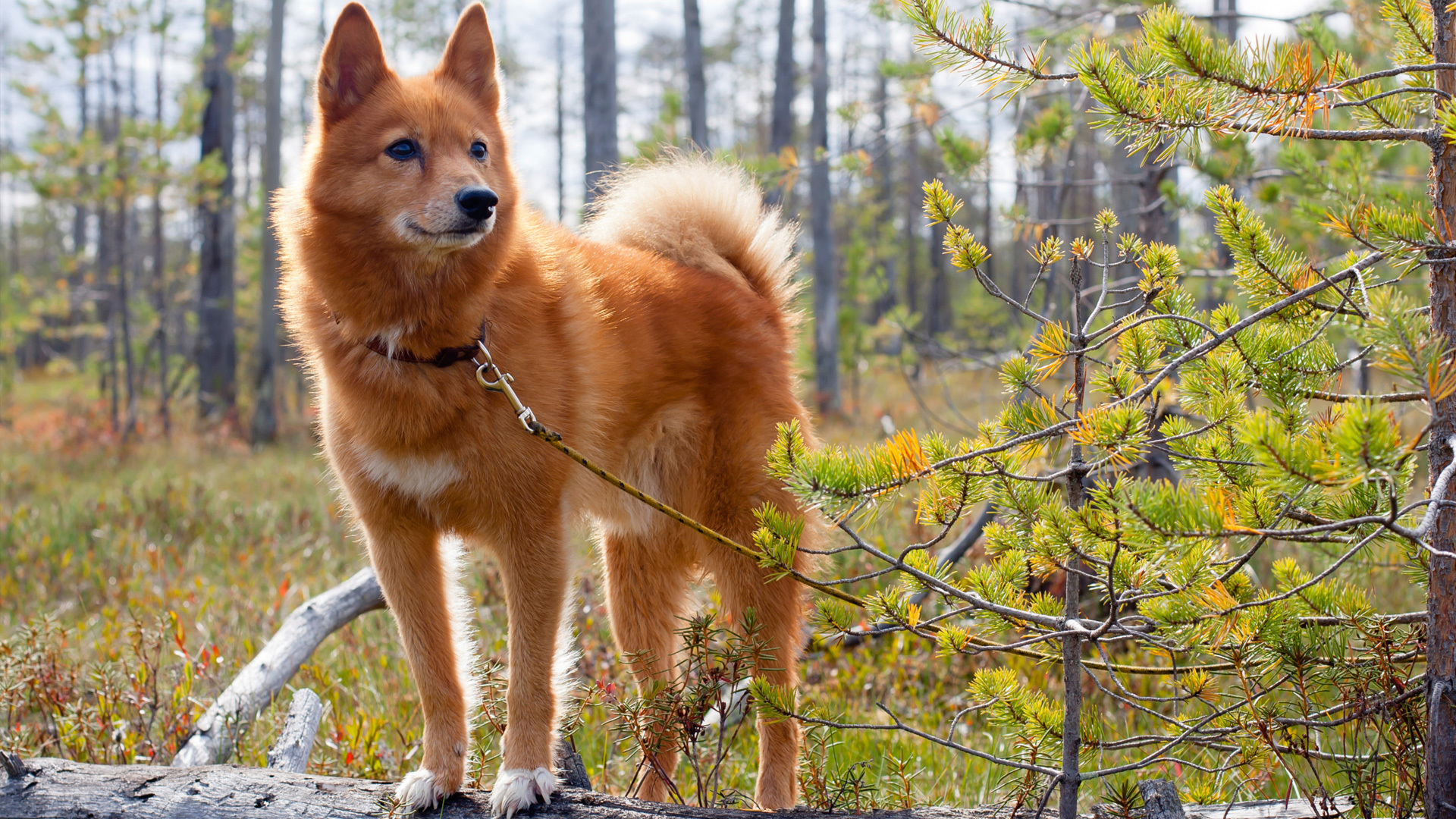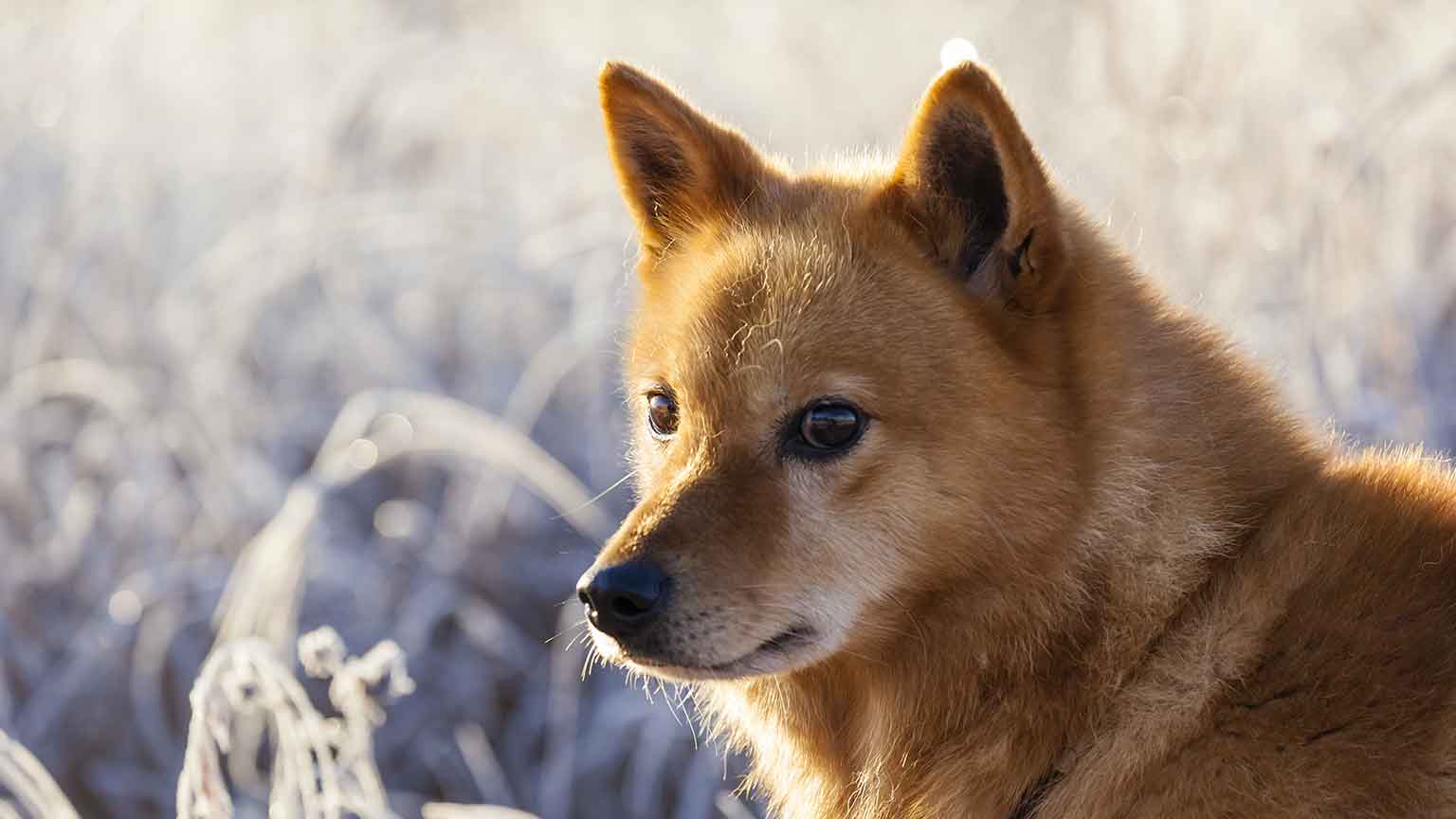
The Finnish Spitz is the national dog of Finland, a breed with ancient roots that date back thousands of years. Originally developed by Finno-Ugrian tribes who migrated to Finland over 2,000 years ago, these dogs were used primarily for hunting birds, squirrels, and even larger game like elk.
The breed’s claim to fame is its unique method of hunting: it locates game birds and barks to alert the hunter, maintaining a visual on the prey while remaining motionless. This technique earned the Finnish Spitz the nickname "Barking Bird Dog." It was refined and preserved in the 1800s, especially after dedicated efforts by Finnish breeders to maintain the breed’s purity. The Finnish Spitz was officially recognized by the AKC in 1988 and is part of the Non-Sporting Group in the U.S., although it is a hunting dog in Finland.
The Finnish Spitz remains extremely popular in Finland, where it is a beloved symbol of national pride and an accomplished hunting partner. Outside of Scandinavia, the breed is rare but growing in recognition, especially among spitz enthusiasts and those seeking a vocal, intelligent companion.
Though not widely used for hunting outside of Europe, its loyal temperament, foxlike appearance, and unique vocalizations have attracted a niche following.
This breed is medium-sized, squarely built, and highly expressive, with a beautiful red-gold coat and upright ears.
• Coat: Dense, double coat with a soft undercoat and harsh outer coat.
• Color:
o Always a shiny golden-red to deep auburn, often with light cream markings on the chest and tail underside.
• Size:
o Height: 15.5–20 inches (39–51 cm)
o Weight: 25–33 lbs (11–15 kg)
• Head & Expression: Foxlike head with a slightly arched muzzle, dark almond eyes, and an intelligent gaze.
• Ears: Small, pointed, and erect, enhancing alertness.
• Tail: Tightly curled over the back, thickly plumed.
• Body: Compact, agile, and well-muscled—built for endurance and speed in the field.
The Finnish Spitz is bright, bold, and communicative, best known for its distinctive barking and lively personality.
• Alert and Vocal: Barks to alert, communicate, and during play—very expressive with its voice.
• Devoted and Independent: Bonds closely with family but maintains an independent, thoughtful spirit.
• Playful and Spirited: Enjoys games, attention, and interactive activities.
• Good with Kids: Friendly and tolerant—great with respectful children.
• Reserved with Strangers: May be cautious or aloof—not aggressive but watchful.

This breed is ideal for those who appreciate a vocal, foxlike dog with independence and intelligence.
• Beautiful and Striking: The red coat and upright ears give a wild yet elegant look.
• Excellent Watchdog: Naturally alerts to anything unusual.
• Clean and Odor-Free: Minimal doggy odor and good grooming habits.
• Good with Families: Loyal and affectionate—thrives in homes with companionship.
• Energetic but Manageable: Active outdoors, calm and polite indoors when exercised.
The breed thrives in homes where mental and physical needs are met, and communication is encouraged.
• Training:
o Intelligent but independent—needs consistent, gentle training.
o Responds best to positive reinforcement and variety.
• Exercise:
o Needs daily exercise like brisk walks, hikes, or free play.
o Enjoys scent work and interactive toys.
• Grooming:
o Brush 1–2 times a week; more during seasonal shedding.
o Bathing is rarely needed—coat naturally repels dirt.
• Nutrition:
o Feed a high-quality, balanced diet—monitor weight as activity levels change.
• Companionship:
o Doesn’t enjoy being left alone long—needs mental engagement and family time.

The Finnish Spitz is generally a hardy, long-lived breed, with a lifespan of 12–15 years. Health issues are rare but can include:
• Hip Dysplasia
• Epilepsy (some lines)
• Hypothyroidism
• Allergies or skin issues
• Patellar luxation
Work with breeders who conduct health screenings and prioritize good temperament and structure.
Compared to the Shiba Inu, the Finnish Spitz is more vocal and less aloof. It's more energetic and expressive than the Norwegian Elkhound, and less headstrong than the Alaskan Klee Kai. It shares the cleanliness and independence typical of northern spitz breeds but stands out for its hunting bark and sensitivity.
This breed is best for active homes that can appreciate a vocal, smart, and independent dog. Great with families, especially those who enjoy interactive play, hiking, and companionship.
Not ideal for apartments or noise-sensitive households due to natural barking behavior.
United Pet Club offers breeder referrals, care guides, and support resources for new Finnish Spitz owners. Whether you’re drawn to its foxlike elegance, cheerful energy, or deep roots in Nordic hunting tradition, the Finnish Spitz makes a delightful and loyal addition to the right home.